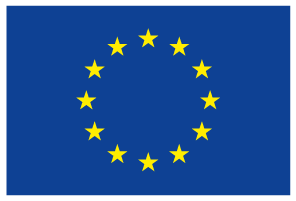Denmark
2011
- Type : Project
- Size : Local community
- Area : Residential
Environmental benefit
Very-Low-Temperature District Heating
Share
Denmark
2011
- Type : Project
- Size : Local community
- Area : Residential
Environmental benefit
Discover this use case online
For this project, two types of low-temperature district heating substations and new district heating
twin pipes with reduced diameter were developed and tested. The project showed that DH can be used
even in areas with low energy demand with good economy and high comfort level for users. Overall heat
loss from network was reduced to a quarter (¼) compared to traditional district heating system designed
with temperatures of 80/40°C. Besides good economy, reduced heat loss there is a contribution of savings
equal to 21 tons of CO2/a just supplying 40 houses with DH network. Further benefits of LTDH can be seen
from earlier implementation of renewables being one of the main goals of European Union Energy Policy.
LTDH concept has recently been investigated also to include existing buildings representing much larger
perspectives for its application than buildings newly built.
 R-ACES has received funding from the European Union’s Horizon 2020 research and innovation programme under grant agreement N° 892429
R-ACES has received funding from the European Union’s Horizon 2020 research and innovation programme under grant agreement N° 892429
For this project, two types of low-temperature district heating substations and new district heating
twin pipes with reduced diameter were developed and tested. The project showed that DH can be used
even in areas with low energy demand with good economy and high comfort level for users. Overall heat
loss from network was reduced to a quarter (¼) compared to traditional district heating system designed
with temperatures of 80/40°C. Besides good economy, reduced heat loss there is a contribution of savings
equal to 21 tons of CO2/a just supplying 40 houses with DH network. Further benefits of LTDH can be seen
from earlier implementation of renewables being one of the main goals of European Union Energy Policy.
LTDH concept has recently been investigated also to include existing buildings representing much larger
perspectives for its application than buildings newly built.
